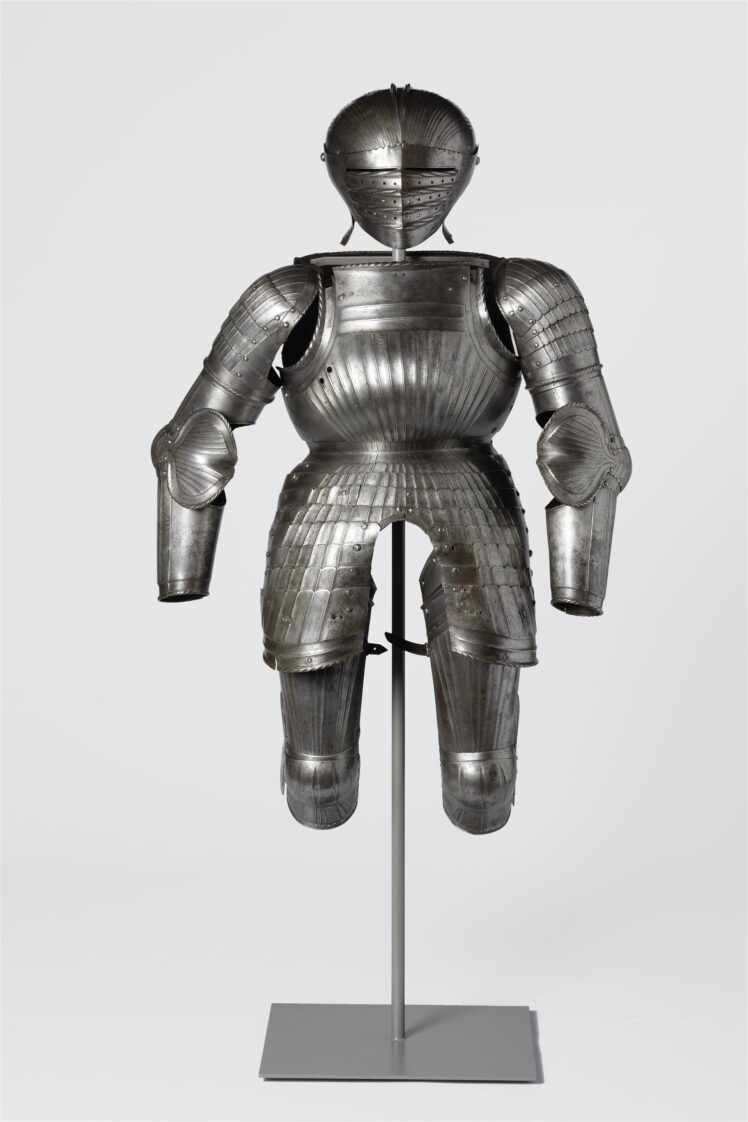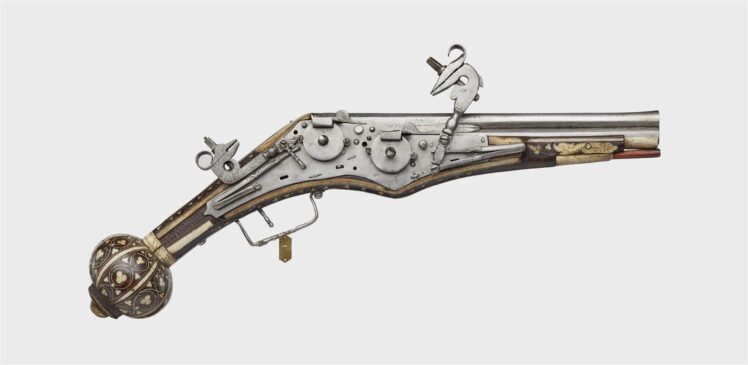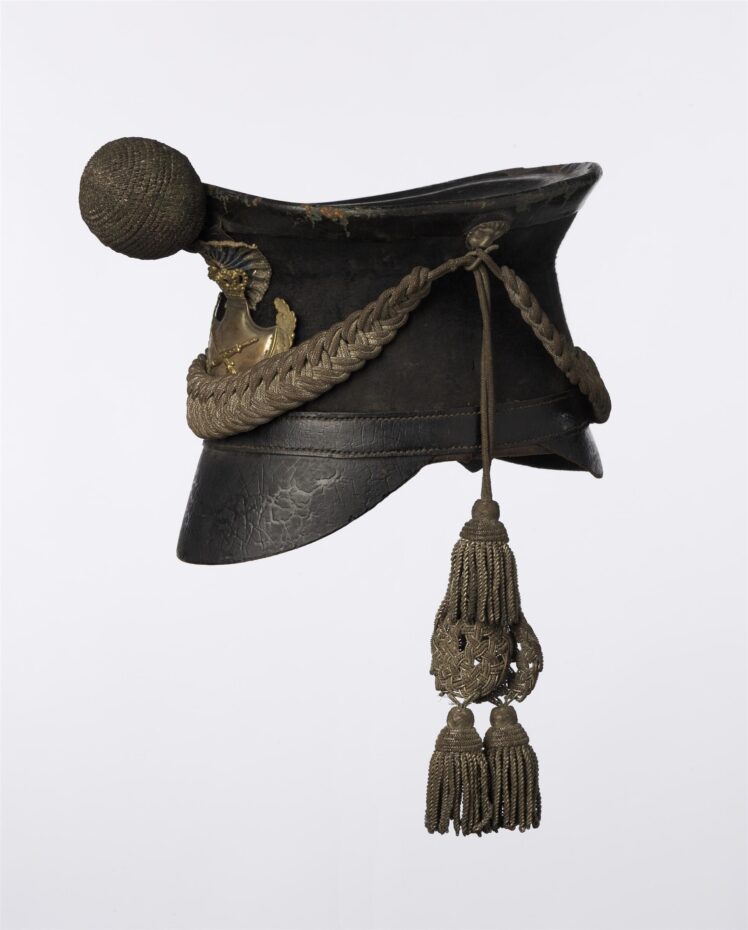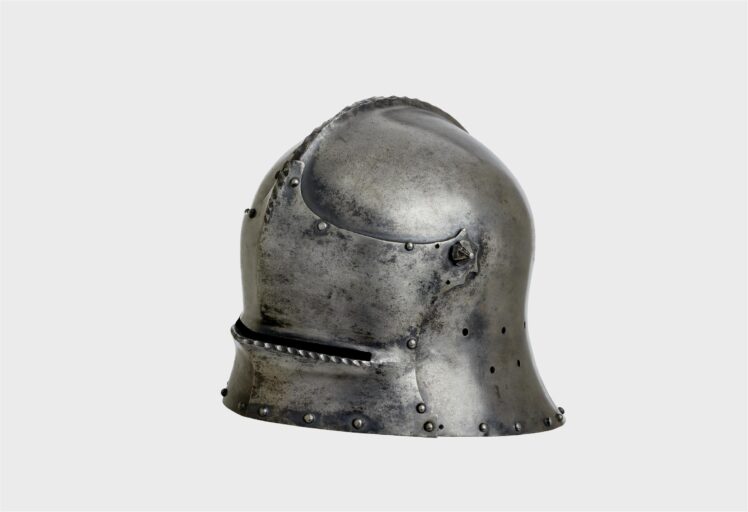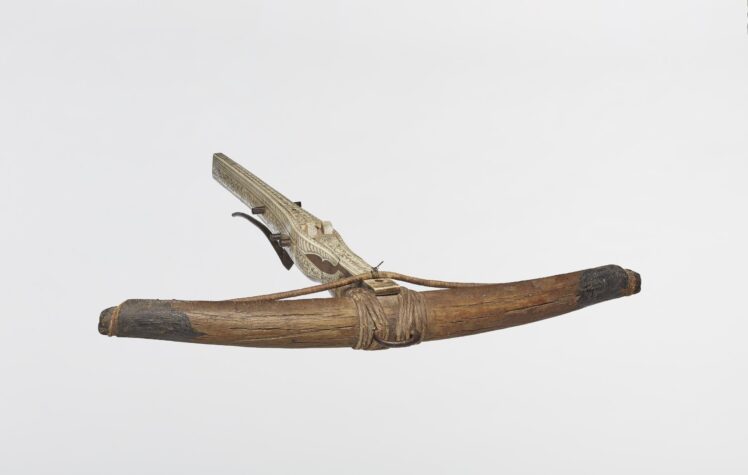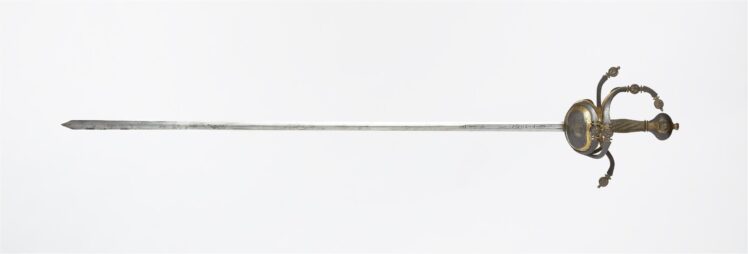The ‘Historical Weaponry’ Collection has held a prominent place in Salzburg Museum since its founding. It grew out of the former municipal armoury, i.e., from the holdings of the Salzburg armouries and the archbishop’s personal armoury of body armour and firearms. The weaponry collection reached its heyday during the historicising museum presentation under Director Jost Schiffmann at the end of the nineteenth century. The so-called ‘Weapons Hall’ remained in place until its partial relocation due to the war in 1944. After the reconstruction of the museum in the 1960s, the collection was displayed separately in rooms of the associated Fortress Museum at Hohensalzburg Fortress.

